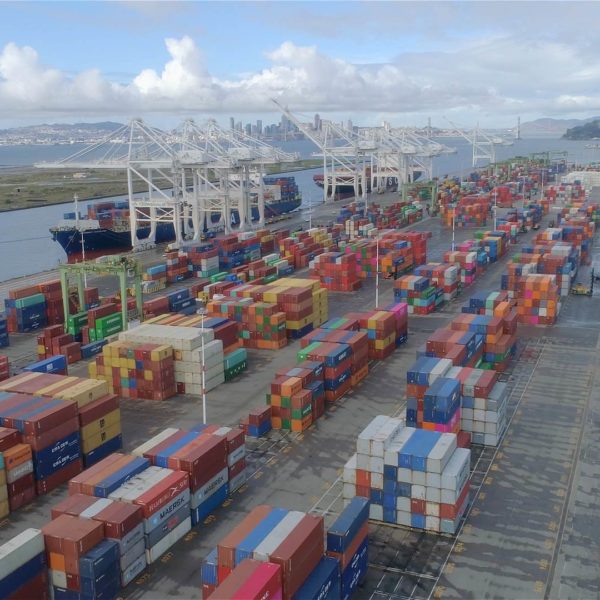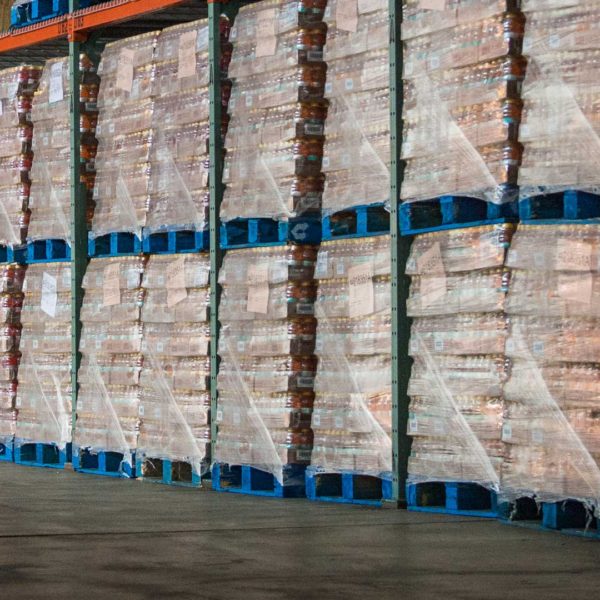As the third quarter burns by and fall approaches, covid is still ravaging many parts of the world with high infection rates still occurring daily throughout much of North America.
Over the last two months, freight markets have changed in many ways highlighting the volatility of the overall supply and demand based market economy. Supply Chain managers and logistics providers have worked overtime to maintain as smooth as possible operations for their companies and clients. Here we take a look at recent supply chain changes, ongoing challenges and outlook.
Freight Market Outlook
In a drastic contrast to our previous freight market covid dive, the supply demand economics of the freight market have shifted in the opposite direction with rates and volumes up significantly since April of 2020. While not all lanes have experienced this volume jump, in major markets such as California, Texas and Florida, rates have skyrocketed with more loads needed to be moved than trucks are available.
We’ll go into more detail on this later, but factors creating this volume bump include many overseas factories having resumed production, ocean carriers offering more standard service, and perhaps most importantly consumer demand rising significantly.
Many supply chains, particularly small and medium sized businesses that were enjoying the low rates of late 2019 and even lower rates during the 2nd quarter are struggling with the rise in cost of transportation services as of mid August. As always, the market is highly volaltile and tilt the other direction again, but the safer bet is that while volumes might not rise for a peak season as much as they normally would, that you should expect prices to remain around where they currently are for the remainder of 2020. Many Trucking carriers were hit hard by the drop in rates and volume during the second quarter and as a result, capacity in the market has dropped with many carriers getting a lifeline in the form of PPP. Whether this capacity increases or not is yet to be seen.
Intermodal has once again started playing the role of a safety valve for rates and capacity on many lanes both domestically and on cross border Mexico freight shipping lanes and cross border Canadian lanes. While overall rail carload freight has dropped, as did intermodal, by about 20% on a year over year basis, intermodal in the last several week has risen above 2019 levels. Again, illustrating the important of mode diversification and capacity in a rising freight market. Particularly for long haul cross country freight, intermodal rates represent a significant savings, up to 25%, compared with over the road trucking costs. This adds up for shippers moving multiple loads per week or even dozens per day, and affects the overall bottom line for many firms as transportation represents around 10-12% of the total purchase price of any physical item.
Intermodal is now extremely competitive and is representing massive savings for many shippers in tight markets across North America.

Industrial Output and Consumer Confidence
Many factories have resumed at least some kind of operations following the shutdown that was so widespread throughout much of April, May and June. This has put supply chains back into motion even on a lessened volume and capacity. Still however, many factories are operating at a less than normal capacity which is creating part shortages and sub assembly shortages. Ford and Toyota both being examples of companies that have products in demand, but lack the part inventories to run their assembly lines at full capacity. Particularly for the automotive industry that relies on literally thousands of second and third tier suppliers, consumer demand has returned to the point of outpacing overall production capacity. While a frustrating situation, any rise in consumer demand is welcomed.
Consumer spending and confidence rose following the early part of the shutdown according to the department of commerce. However, some firms such as walmart and other have seen a decline in sales volume following the depletion of the stimulus package and PPP. It’s still too early to tell how the rest of the third quarter will be, one outlook would be a steady and slow rise in consumer spending and confidence as the economy reopens, unemployment claims drop and demand reemergers, but another picture could be more stark yet accurate. This second outlook hints that while the economy might not experience the pain that it did during April and May, at the same time, it won’t remerge to it’s January levels for some time, particularly as covid outbreaks continue and perhapsm ore importantly, PPP has run out. Without a doubt many businesses were only able to retain employees and stay open due to the stimulus package. An entirely new question would be if there will be a second stimulus package passed in the short term.
What this all means for supply chain planners is that there isn’t a clear basis to make financial decisions such as capital spend, long term hiring and expansion goals. Many logistics providers are experiencing increases in volume, but it’s unclear if this will last
Remote Work and Technology
Most teams should now be fully adjusted to remote working operations, but it poses a challenge for many companies that have physical assets such as trucks, warehouses, factories etc. While technology has made working remote much easier, communication and collaboration can still be a an issue. The long term unknowns of when most team will return to a normal working environment are also an ongoing question mark for many businesses. Particularly for larger companies that have big offices, the potential to keep teams remote until 2021 ads to long term uncertainty.
For supply chains in particular, better cloud based industry specific software systems have made managing a supply chain from afar much more approachable than even a few years ago. Digital providers like ourselves among others provide shippers with the ability to quickly quote, search routes, book and track shipments via their laptop from their living room. Other software services such as warehouse management systems, TMS programs, inventory management systems also have been more widely adopted within the last 6 months than nearly any time period before.
One long term ramification of COVID19 likely will be that all members of the supply chain industry utilize multiple technology services that were adopted during covid19 for the long term.
Of course more generic tech solutions were also widely adopted in a very short amount of time such as zoom, Microsoft teams, asana and others.
Like many other industries, the supply chain and its various niches have a number of great expos and trade shows that unfortunately were cancelled this year. The lack of in person networking and events has been a drag on many companies marketing plans as well as just the general lack of interaction among different companies and their teams.
Longer Term Questions
Many long term questions remain as to how companies will be preparing for future supply chain disruptions. No doubt nearly every company will review this past year as a guide to building a playbook for future emergency procedures, analyzing what worked and what did not. Many companies aside from global sp500 type firms don’t have “pandemic” emergency procedures, well you can bet that they do now.
Supply chain diversity will become an ever more popular term as many firms build more robust processes to protect against any disruptions. This could and will take many forms based on the individual requirements and footprints of supply chains, but one common theme we’ve heard is the preference to near shore and rely less on China. China will remain one of if not the top source of goods for many US firms, but companies want to also build relationships with other factories in other countries. Mexico in particular has been the focus on many companies looking to “near shore”. Building up inventory levels higher than normal is now desired, providing a buffer to any delays that might arise and enabling plants to maintain active production lines.
Building relationships with several suppliers is also a trend that will continue over the next few years as companies recover from COVID19. While no one can predict the state of the US and global economies in the coming 12 months, a reasonable estimate can be at least a holding at levels roughly similar to what they are today. Hopefully by early ’21 a vaccine can be produced which will help to bring the world back to a pre-covid state.
About Zmodal
Provides comprehensive supply chain solutions that are data based and focused on optimizing your supply chain logistics plan for better reliability and efficiency. We focus on a multimodal approach to building resiliency that is backed by a first class team that provides 24/7 support and the technology to keep your supply chain connected and visible. Our technology provides shippers easy access to convert over the road freight to intermodal. If you want to talk or want a completely free initial consultation, give us a shout!
Recommended for further reading:



